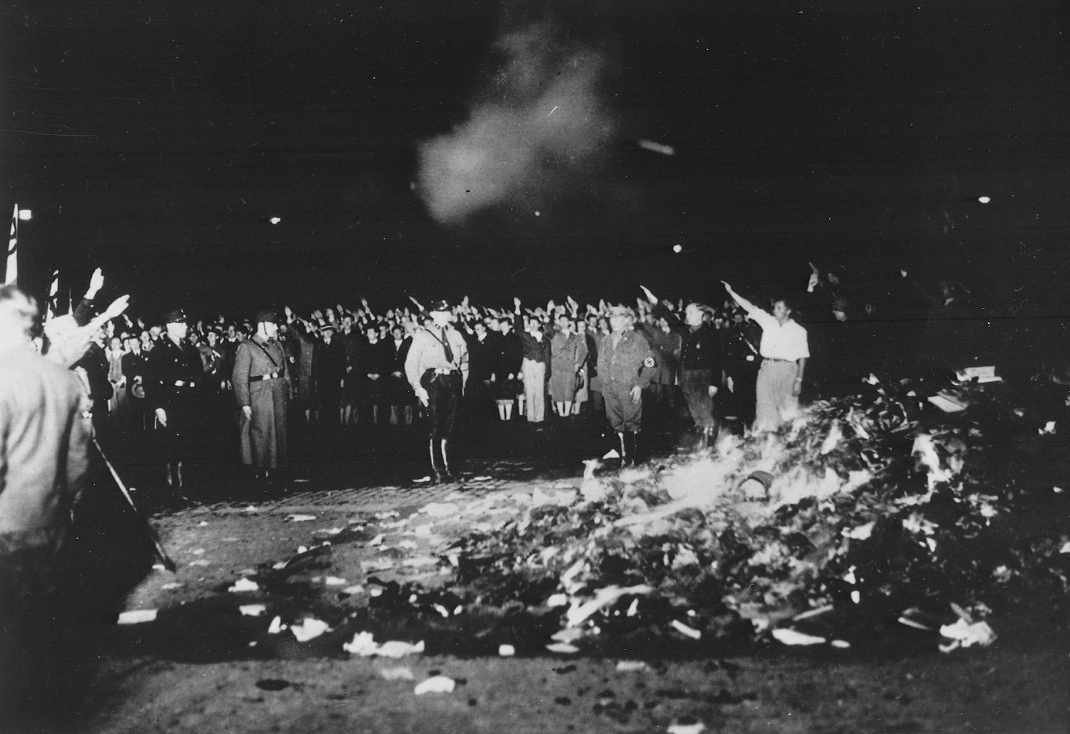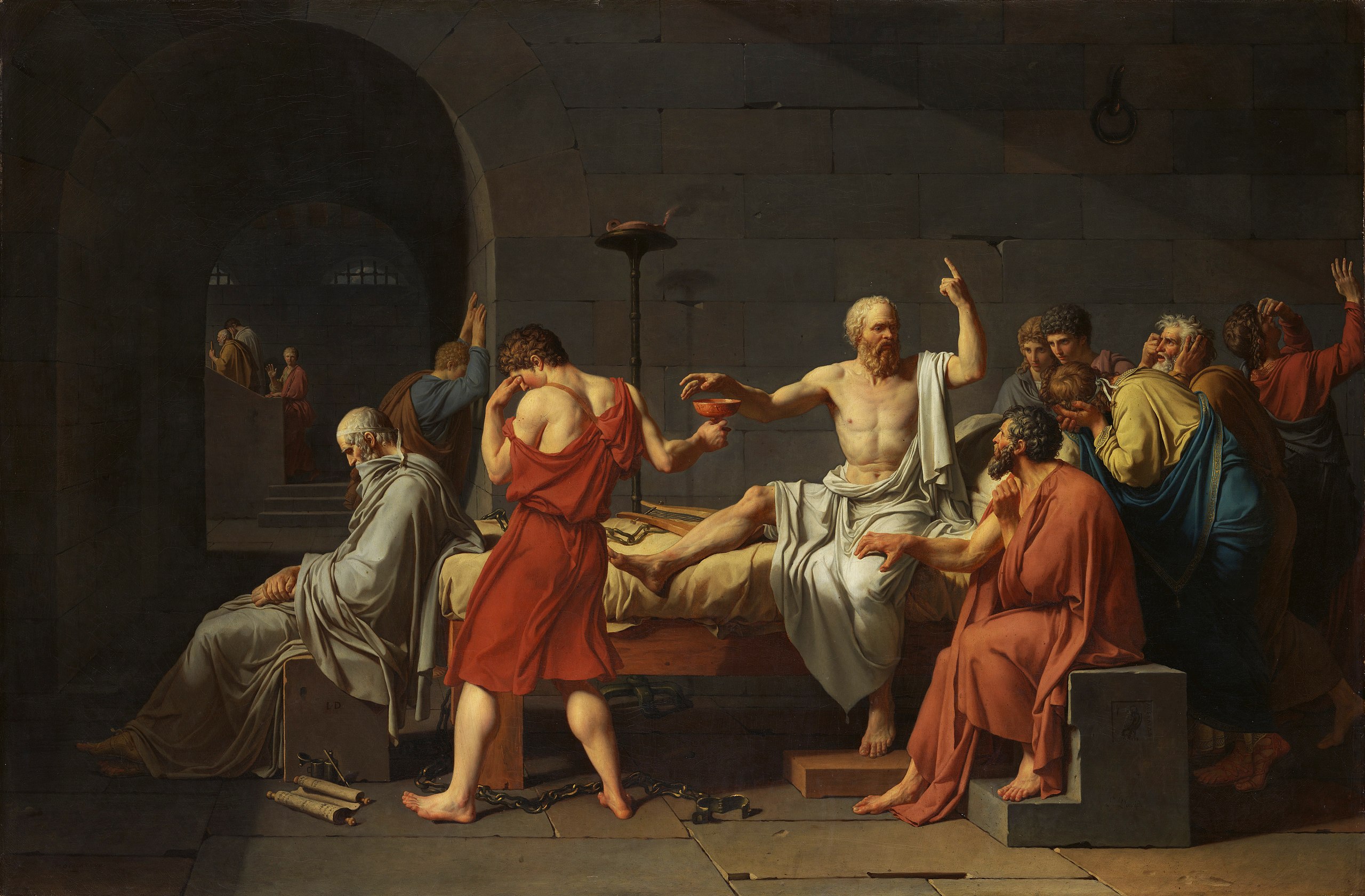Comparing two different eras of animation
By: ALEXIS AUSTRIACO
Staff Writer
What do the mainstream ‘90s cartoons and current day cartoons have in common? It is simple, really: they both distract kids for a while so parents can catch a break from crazy adolescents and hormonally annoying teenagers. That is not how I want to compare them, though. I want to talk about the differences between the two – not the obvious.
One way that cartoons have changed is how they use the element of foulness.
For example, when a fart sound was used in the ‘90s, it was perfect in timing, or the fart was used every blue moon (unless it was “Ren and Stimpy,” but at that time there was not much farting or bathroom jokes to begin with so it was still acceptable.) For the current cartoon shows, however, a fart is thrown in at every available opportunity.
For example, in the Nickelodeon show “Sanjay and Craig”, if a character even moves it farts. In one instance, an entire episode was based around a fart bubble.
So the element of surprise is out and the lewdness became expected and boring.
I also believe a lot of cartoons today try so hard to stand out that their plots and ideas are a bore. For example, the Cartoon Network show “Uncle Grandpa” had an episode called “Belly Brothers” – an entire episode centered around how cool it is to have a big belly.
That was bad, but a few current shows that tried a different approach were pretty good – like “The Amazing World of Gumball” in its first few seasons.
Most ‘90s cartoons were so clever though without really trying. In the pilot episode of “Rocko’s Morden Life” the titular character simply took out the trash. That in itself is such a simple task, but in that episode he really had to muscle through it – resulting in clever entertainment.
Another distracting difference is the style.
A lot of current shows try to be so different that they throw in life-like oddities – just as in Uncle Grandpa where a real tiger was used as a character instead of one that could have been drawn in
The underlying message is what stood out the most in a lot of ‘90s Cartoons, aside from the occasional farting or characters falling on their faces.
They had a lot of life lessons that taught kids the difference between right and wrong. Current cartoons do have some elements of morals, but it was much heavier in the ‘90s.
They taught the audience about sharing, not stealing or lying. For example, in the Nickelodeon show “Hey Arnold”, Helga forced Stinky to be her boyfriend to catch the attention of her real crush, Arnold, but Stinky ended up developing true feelings for Helga.
Helga denied him and then Stinky wound up with someone else, causing Helga to feel stupid (at least temporarily). That taught her – and the rest of us – kindness and karma.
Another difference between the cartoons today and those of the ‘90s is that they are more politically correct.
For example, cartoons in the ‘90s created a dialogue about religious practices, holidays and more.
In current cartoons those things are hard to find.
The ‘90s characters are very diverse in looks and personality. Do not get me wrong: some of the cartoons today look alright, but an adorable talking wallaby, a righteous football-headed kid, a boy genius in his secret lab and overly imaginative babies were what made Nickelodeon and Cartoon Network popular with the kids.
Overall the ‘90s cartoons were clever shows with loveable characters that did not overuse the power of the fart, while teaching kids a valuable lesson in morals.











